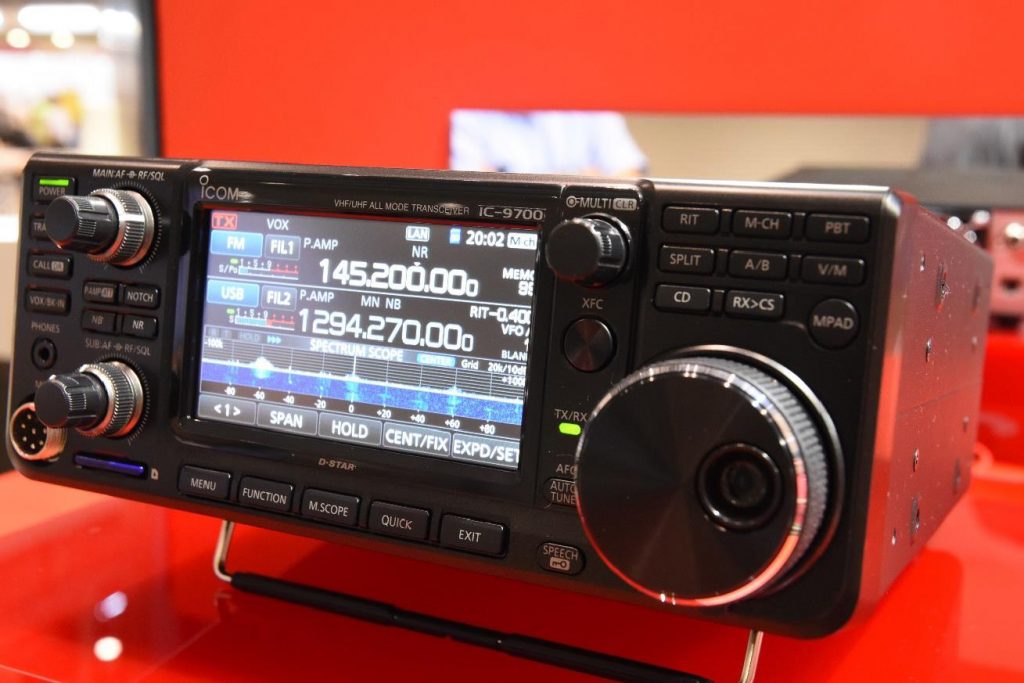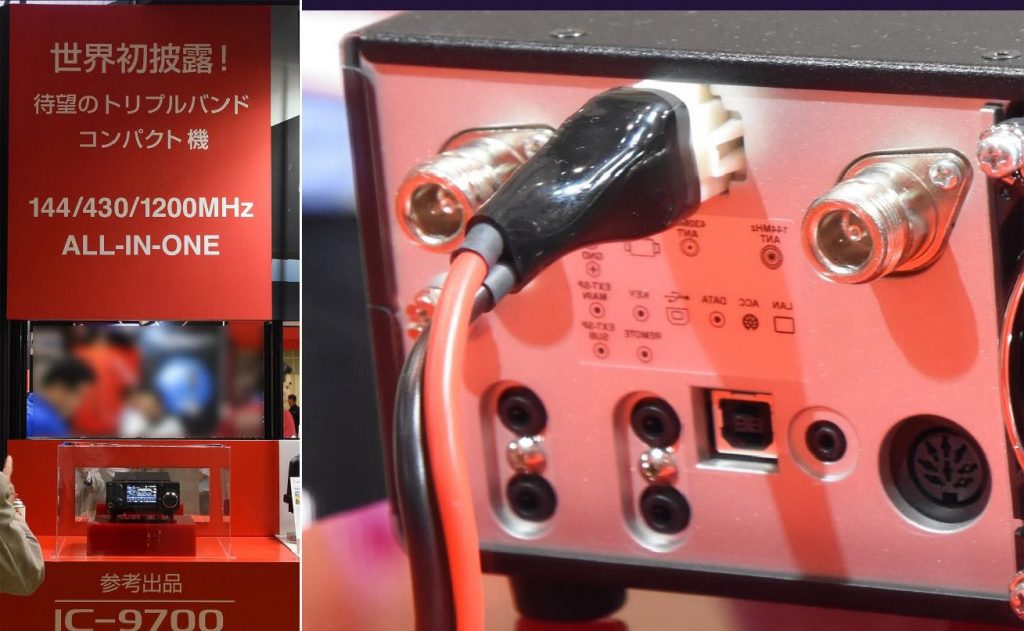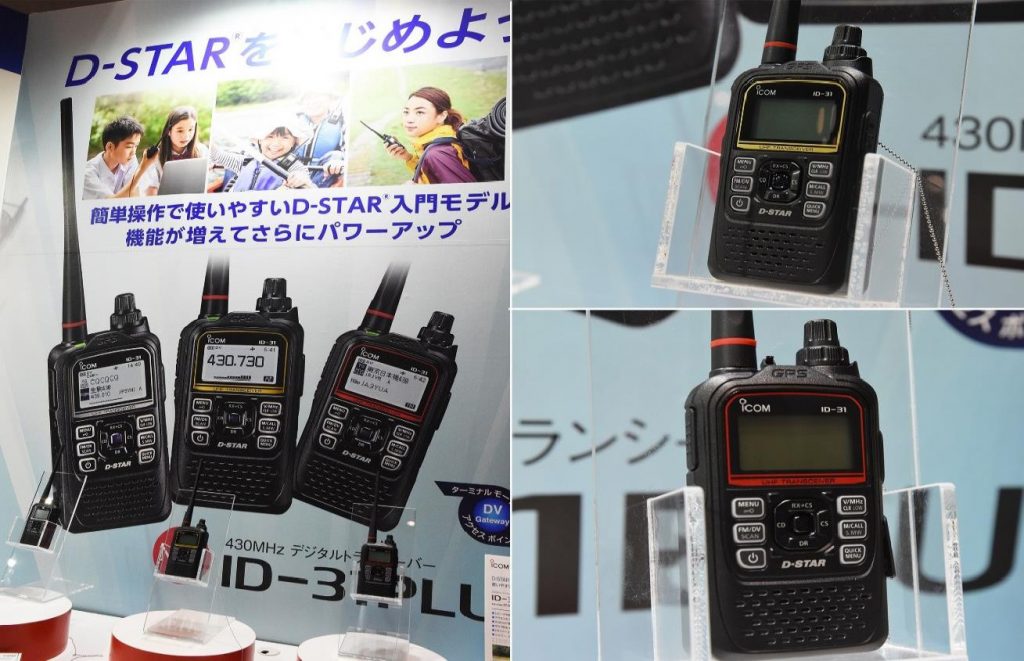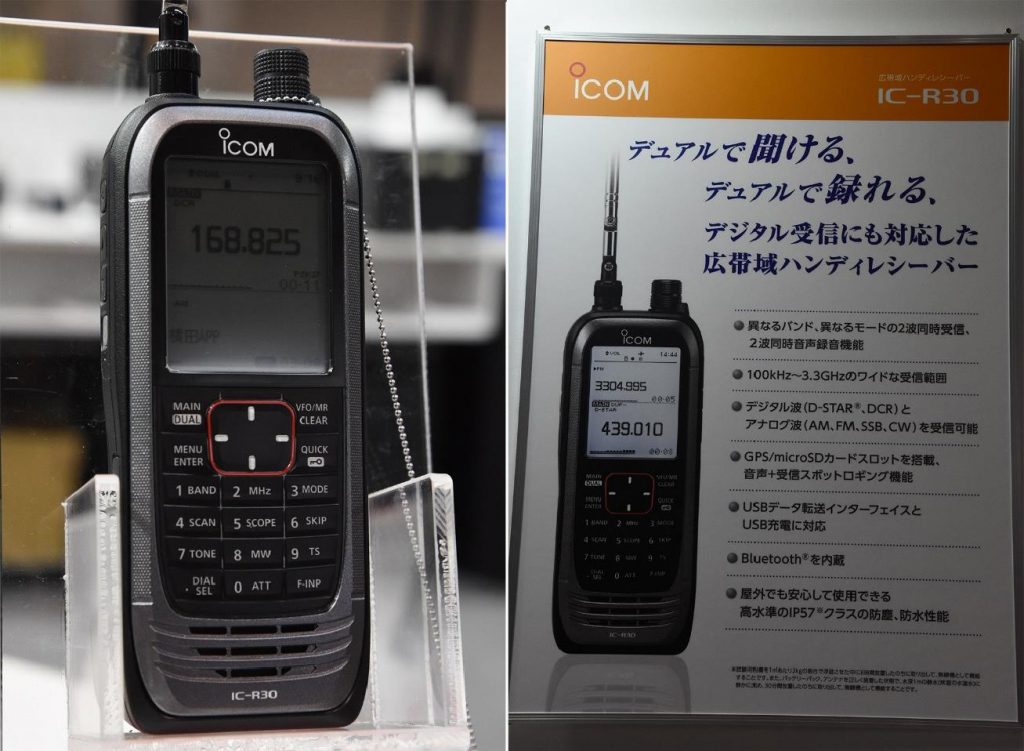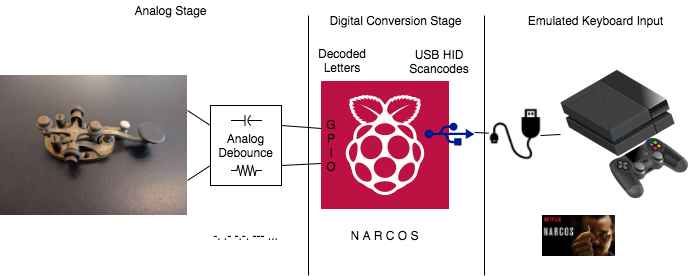An excerpt from the VK National News broadcast on VK1WIA for the week of September 17th 2017.
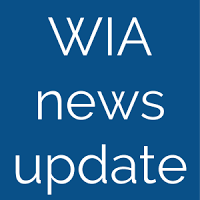
Hi, this is Greg VK2GPK, with this week’s comment from the WIA board.
This week I am going to talk about the finances and the future of the WIA, and some of the hard decisions we have already made to ensure the WIA continues as a relevant and viable organisation into the future.
It is now 100 days, or just over three months, since the current WIA board has been in place. In that time, we have gone on a journey of discovery of the the reach and range of various issues and challenges facing the WIA now and in the near future. It has also taken a few weeks for the board – who met face-to-face for the first time at the 2017 WIA AGM – to settle in and operate as a cohesive group, which, I am glad to say, is now the case. That doesn’t mean we agree on everything, – the discussions are lively and constructive – and this board definitely does not suffer from “group think”!
In my last broadcast 6 weeks ago, I stated the the WIA has been operating at a loss for the past few years of approximately $50,000 pa. and that the magazine was the major expense of the WIA with an expenditure of $180,000 last financial year. By the way, the WIA’s financial year is January 1 to December 31. So when we started after the AGM, we were already half-way through the financial year, with forward contracts that limited our immediate scope for change – plus we needed to do due diligence on the likely impacts of changes.
We “triaged” the issues facing the WIA, giving urgent priority to maintaining the WIA as a “going concern” – this was in no way assured at the time we took control of the WIA. The scope of these urgent priorities focus on budget control expense reduction, meeting our contractual obligations with ACMA, getting governance formalised to corporate standards and getting member feedback on our initiatives. This has been our focus to now and will continue as our prime focus into the near future. The focus on governance led us to constitute the the Audit and Risk committee and the Strategy committee as sub-committees of the board. – these two committees are “best practice” governance approaches and based on the ASX recommended guidelines for Australian corporations.
This week the board acted on AR magazines future, taking into account cost saving input from the publications team, contract change lead-times, and feedback from members on the continuation of a paper magazine. As result we have now directed that the number of issues change from 11 to 6, stating with the first issue 2018 in February. This will hopefully produce cost savings in the vicinity of 30% for the full 2018 Financial year – it will have no impact this FY.
A few members of the WIA board, including myself, and a past Treasurer (2009 -2015) have been in a series of meetings with ACMA to finalise issues raised by ACMA of “under-recovery” of WIA costs in servicing the ACMA contract (known as the ACMA deed”) for the 2016 FY. The past-Treasurer was involved at the request of the directors due to his historical knowledge and prior involvement with the initial implementations of the contract and has helped considerably in the resolution of this issue..
Under the contract, the WIA is expected to operate the Licence and exam functions we carry out on ACMA’s behalf at cost-recovery only. That is that the fees we charge should cover our costs without either a significant under or over recovery – a small percentage, say 5%, either way is fine. Our current under recovery is around 20%. This has occurred for two reasons: the number of exams has dropped and time and costs of servicing the licence component of the contract have increased. The licence costs we charge have, in many cases, not even gone close to recovering our costs. For instance, a standard “random” licence issue is priced at $5 – this typically involves multiple phone calls, ACMA contact, 3 or more emails! The real cost of this is many times what we currently charge. As a result, the board has agreed in principle, after discussions with and support of ACMA, to increase the ACMA contract charges – which haven’t changed since 2009 – by an inflation related adjustment of around 15% or so. We will also rebalance the charges to more close relate to the real cost. We are hoping to keep entry level exam and licence rises minimal, if any. Whilst these increases will not be popular, as directors, it is our fiduciary responsibility to make these changes. We will advise these changes prior to the end of the year, most likely to take effect January 2018.
With these changes made, and membership levels holding steady (or hopefully better), the WIA WILL return to cash flow positive from early 2018. This is will be a major milestone for us as a board.
Finally, from me on financial issues facing the board, we have found issues with the treatment of accruals in this year accounts, which have been recorded under cash accounting rather than as accruals.. The most significant impact of this is on how 5 year memberships, which are effectively future dated income, are treated in the accounts. It doesn’t affect the cash flow of the WIA in any way, but does impact the Profit/Loss reporting – although as a Not-for-profit we technically only have surpluses or losses not profits. The impact is that the interim first half year results we inherited from the prior board actually show an incorrect “notional” profit – the underlying cash flow for the the WIA is negative as I have advised prior and that WIA will end the FY year with a loss.
How this change to the accounts happened is unclear, and given the revolving door of treasurers in 2016, it may remain unclear. What is clear is that whomever made the change to the account treatment in MYOB (the accounting package) did not understand accrual accounting. We have a small finance working group addressing this now and we will publish the original half year results and the adjusted results with the accruals reinstated when completed. It is for this reason we have not as yet appointed a Treasurer or CFO, and even if we did, the board cannot abdicate its responsibility to resolve this issue. As a director, all I can say is “are we having fun yet” and the answer is in the negative.
Once we have secured the future of the WIA as “going-concern” by addressing the urgent priority areas I mentioned prior, we move onto the next focus area. That is the “re-invention” of the WIA into a more agile and relevant organisation for the 21sm century – a “non-trivial” task – and not something that is achieved overnight – or ever finished, for that matter. This is where the WIA strategy committee will get traction over the coming months.
This includes actions to re-invigorate the various committees – some which are dysfunctional and haven’t met for over 18 months. The web site is also in need of a refresh, whilst it has a huge amount of great information, there is a lot of no-longer-current information that needs to be reviewed and updated. We ask for your patience, as we can’t address everything immediately. These tasks take time and dedicated volunteers. As I have said before, the WIA is totally volunteer organisation, with the exception of two full-time office staff, and needs YOU! All our volunteer positions are now going up on SEEK volunteer. Check it out.
Greg Kelly VK2GPK
WIA Director



